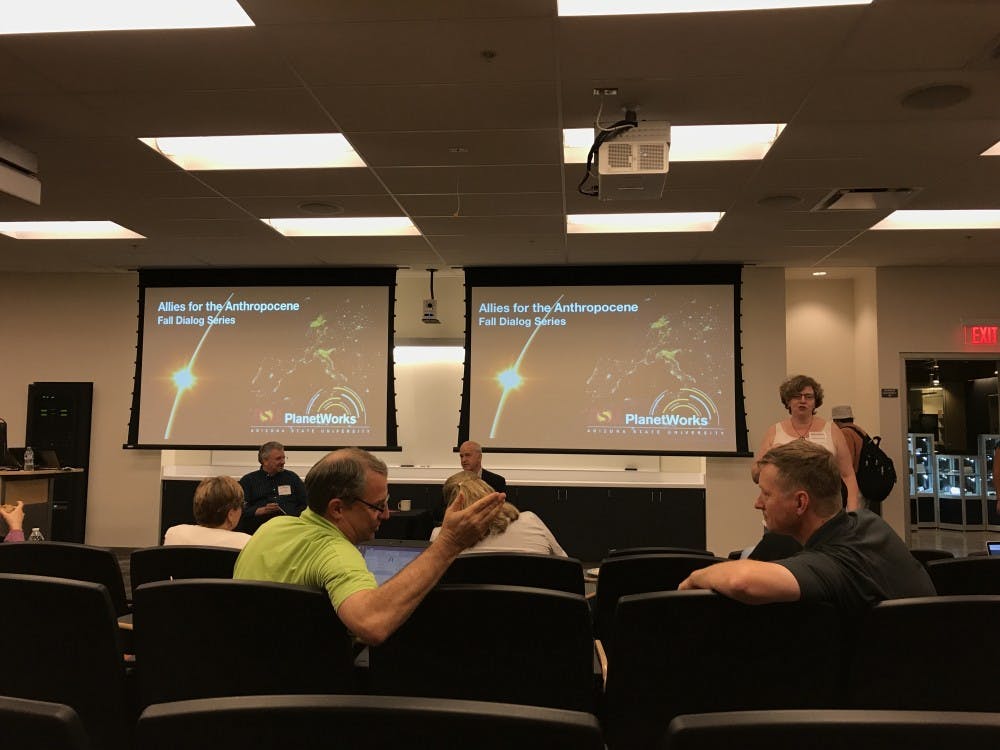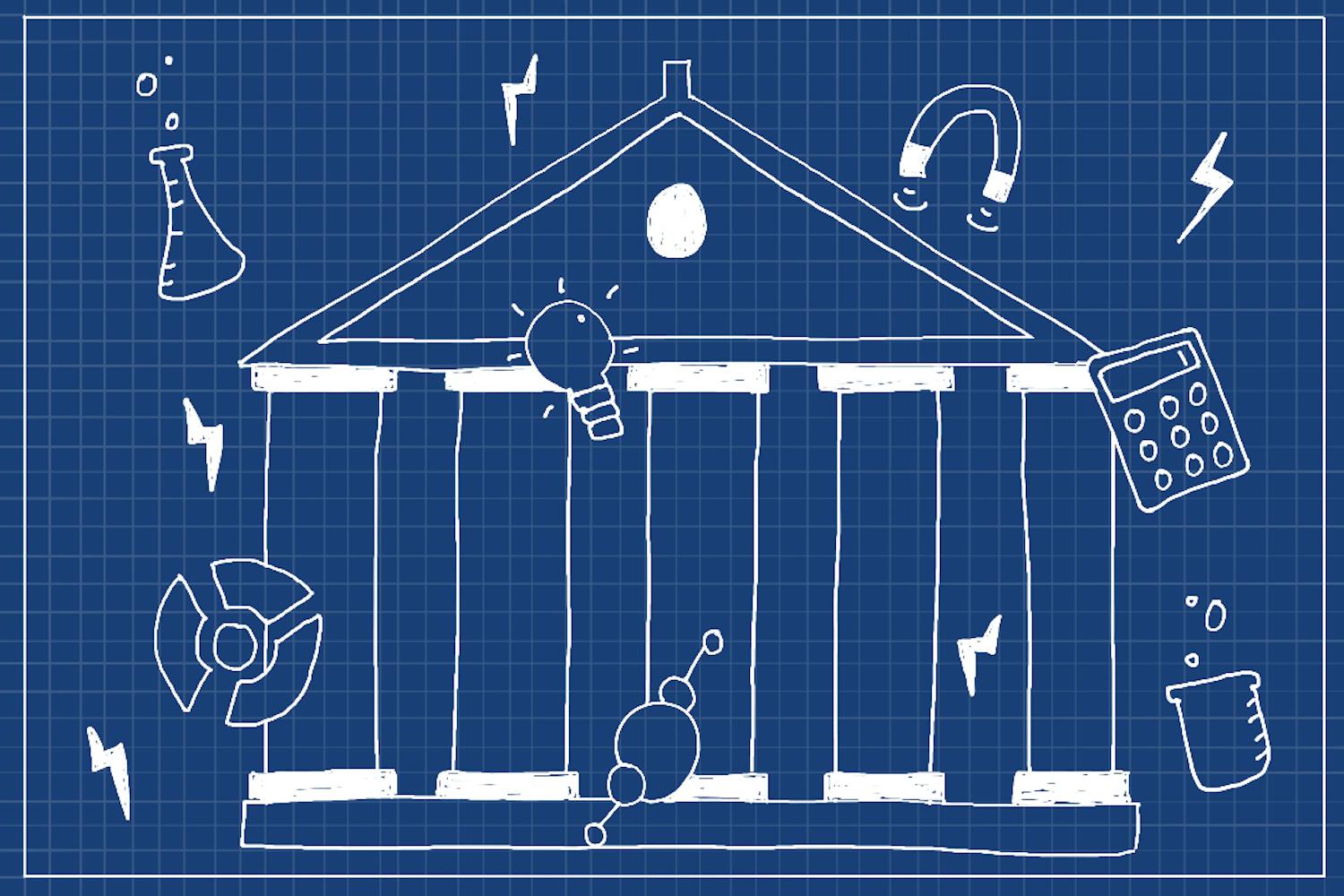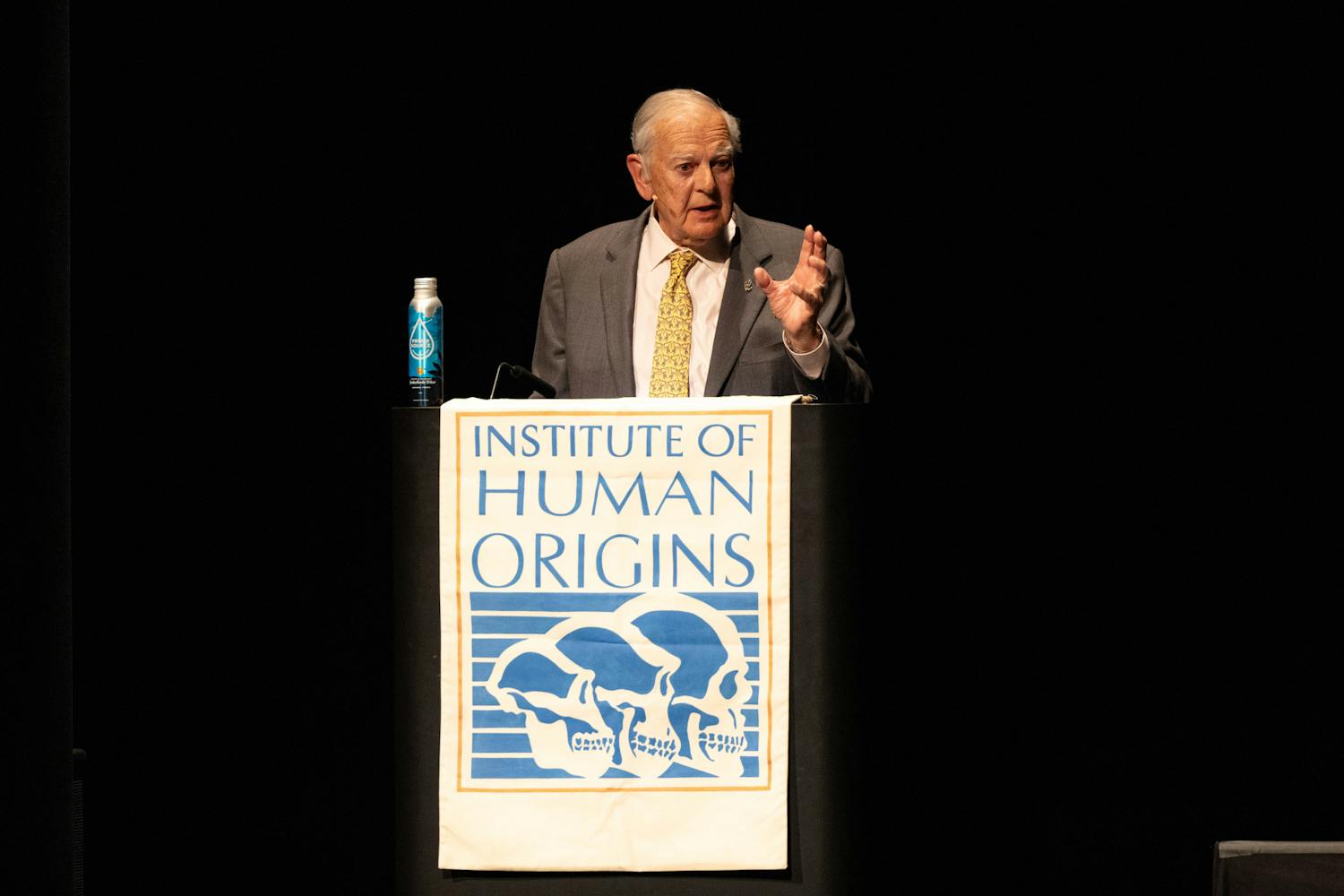Former BP China and BP Asia-Pacific president Gary Dirks said that one day we may be able to pay for the amount of carbon dioxide we put into the environment at an ASU-held event on Aug. 31.
The Q&A, held at the ASU Tempe campus, is a monthly series dedicated to thriving in the Anthropocene time period.
According to Smithsonian Magazine, the Anthropocene is the period in earth’s history during which humans have had an impact on the environment, including animal extinction and water pollution.
After the introduction of the concept in 2000 by atmospheric chemist Paul Crutzen, the Anthropocene became a hot topic.
“I just think it’s really interesting that one species has so much impact on the planet, that people think we can define this entire era as being about one species," sustainability sophomore who attended the event, James Chabin, said. "And it’s especially cool that it’s our species."
While the International Commission on Stratigraphy has not adopted the Anthropocene as an official subdivision in the geological time scale, some scientists have embraced the idea that humans can directly impact the Earth with their actions.
Despite the Anthropocene being used to define a geological time-frame, people have also been using this term to discuss climate change.
Greenhouse gases, like carbon dioxide, can trap heat in the atmosphere. Carbon dioxide can be produced many ways, some of which are man-made. One such way is oil production. In 1968, a report by The Stanford Research Institute warned the American Petroleum Institute that excessive carbon dioxide can warm the temperature on Earth’s surface.
“BP was well aware that there was a problem at the core of the oil business by the late 1980s,” Dirks said.
Despite the documentation trying to prove the existence of climate change and humans' role in it, some people doubt its existence.
“I just expected to get an answer out of what we’re doing and what American, government-run business are doing to monitor climate change,” business administration junior who attended the event, Sinserea Williams, said. “I still believe, I’ve always believed, that climate change wasn’t real.”
Dirks is the current director of LightWorks, an ASU initiative that capitalizes on innovations in solar energy. Dirks said the Lightworks team has been trying to tackle the question of how to decrease damage caused by carbon.
“Within LightWorks we’ve actually had some conversations about ‘Could you devise mechanisms by which there could be small transactions in carbon?’,” Dirks said. “I, for example, could say I would be willing to buy something to offset the carbon that I use in my car.”
Carbon pricing is a tactic to help bring down pollution by reducing emissions. It has steadily gained popularity since the Paris Agreement to adopt green energy sources and ultimately decrease rising temperatures.
According to Carbon Pricing Leadership Coalition’s website, it is designed to make entities that contribute to carbon pollution pay for the damage they cause.
“Carbon pricing is coming in some form or another,” Dirks said.
The information surrounding carbon pricing has yet to fully detail the effects on consumers or the general public.
At a recent fundraising event, Canadian Prime Minister Justin Trudeau said he thought carbon pricing was the best way for his country to reduce its emissions. Trudeau has a carbon pricing plan expected to roll out in 2018.
By 2022, the Canadian federal government wants to implement carbon pricing that could reach $50 per metric ton, compared to the $4 per ton charged by the Regional Greenhouse Gas Initiative (RGGI).
According to Reuters, Mexico launched their own pilot program in 2016 to meter the carbon market.
The U.S. has yet to implement a national carbon pricing program, making Canada, RGGI and other initiatives like Dirk's work with LightWorks the innovations to watch.
Reach the reporter at dmatte@asu.edu or follow @DavynMatte on Twitter.
Like State Press on Facebook and follow @statepress on Twitter.




